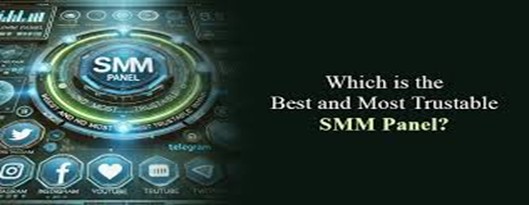
Microwave Ovens and Matter
Microwave ovens turn electric energy into electromagnetic waves that stimulate molecules in your food to heat them up. This kind of radiation, unlike the one from atomic bombs and nuclear power plants, is not bad for you. Always follow the instructions in your owner’s manual for safe use of microwaves. Be sure to use only microwave-safe containers and never place metal objects in the microwave – they can cause fires.
Electromagnetic Waves-Microwave Ovens
Electromagnetic waves are disturbances in the electric and magnetic fields of matter that transfer energy to and from neighboring particles. They are part of the radiation that all matter above absolute zero emits and absorbs because of the thermal agitation of its atoms and molecules.
Any current-carrying conductor produces electromagnetic waves when it is subjected to an alternating current. The waves can be classified according to wavelength into radio (FM and AM) waves, microwaves, infrared, visible light, ultraviolet, and X-rays.
Wave frequency is the number of oscillations per second (cps). For example, a radio broadcast has a frequency of one million cycles per second, or 1 hertz (1 MHz). A microwave oven has a much higher frequency.
Any monochromatic electromagnetic wave is characterized by its peak amplitude, frequency or wavelength, and its polarization. The electric and magnetic field vectors E and B are parallel to one another on a planar wave front (orthogonal to the direction of propagation z). However, if the wave is linearly polarized, then the E and B fields have maxima and minima at opposite points on the spherical wavefront, and they rotate in phase with the wave.
Absorption
Absorption is the ability of matter to retain energy from an incoming wave. This energy can be in the form of electromagnetic radiation, sound waves or stream of particles. Matter absorbs energy from an incoming wave by changing the frequency of its electrons. This process is important in determining the properties of matter like elasticity and conductivity.
Absorption plays an essential role in spectroscopy, where it determines the intensity of a light beam after passing through the sample. The intensity of the light beam depends on the size of the sample and the wavelength of the emitted radiation. This can be measured by using an absorption cell.
The absorption coefficient for bands centered on 4.3 and 15 mm decreases as the carbon dioxide density decreases near Earth’s surface due to a smaller effective band width. However, the convergence test of absorption coefficients for different optical path length shows that this effect is minimal and it is more dependent on the correlation parameter g0. A systematic study of the effects of various parameters on absorption coefficients and effective band widths is required for reliable prediction.
Conduction
The interaction between microwaves and matter takes three forms: conduction, transmission and reflection. Conduction is when heat energy is transferred directly through a medium, such as boiling water or heating an iron. This is a consequence of the very rapid electric field changes generated by the microwave radiation.
The rate at which conduction occurs depends on the geometry and permittivity of the material. A low permittivity results in slower conduction, whereas a high permittivity results in faster conduction.
A microwave-irradiated plant cell showed that an appropriate time of irradiation increased the cell frangibility, released soluble compounds and improved enzymatic hydrolysis. This result is related to the irradiation-induced structural changes in lignin molecules.
Microwaves are transmitted through materials in a way similar to radio waves, infrared radiation, ultraviolet radiation and X-rays. The interaction between microwaves and a given material is described by the dielectric constant (e) and loss factor of the material:
Reflection
Reflection is the bouncing back of light rays from an opaque surface. The ray that hits the reflective surface is called the incident ray and the ray that bounces from the surface is called the reflected ray. The angle between the incident ray and a perpendicular drawn to the reflective surface is called the angle of reflection.
This lab allows you to explore the laws of reflection, refraction and diffraction using microwaves. Microwaves are very useful in teaching wave-nature because they have a wave-length much closer to that of visible light.
In this experiment you will test the law of reflection using a sheet of metal and a detector that can detect the microwaves. You will be able to observe interference maxima and minima as you move the sheet of metal. You will also be able to measure the angle of reflection and the index of refraction of your material to determine how good it is at reflecting microwaves. You will compare your results with the predicted values from your lab on refraction to see if the law of reflection is correct.
Check Them:
What Is Wireless Communication?
What Is Robot, Robotics?
What Are Antibiotics?
What is X-Rays?
What Are Drones Used For?
The History of the Atomic Bomb







